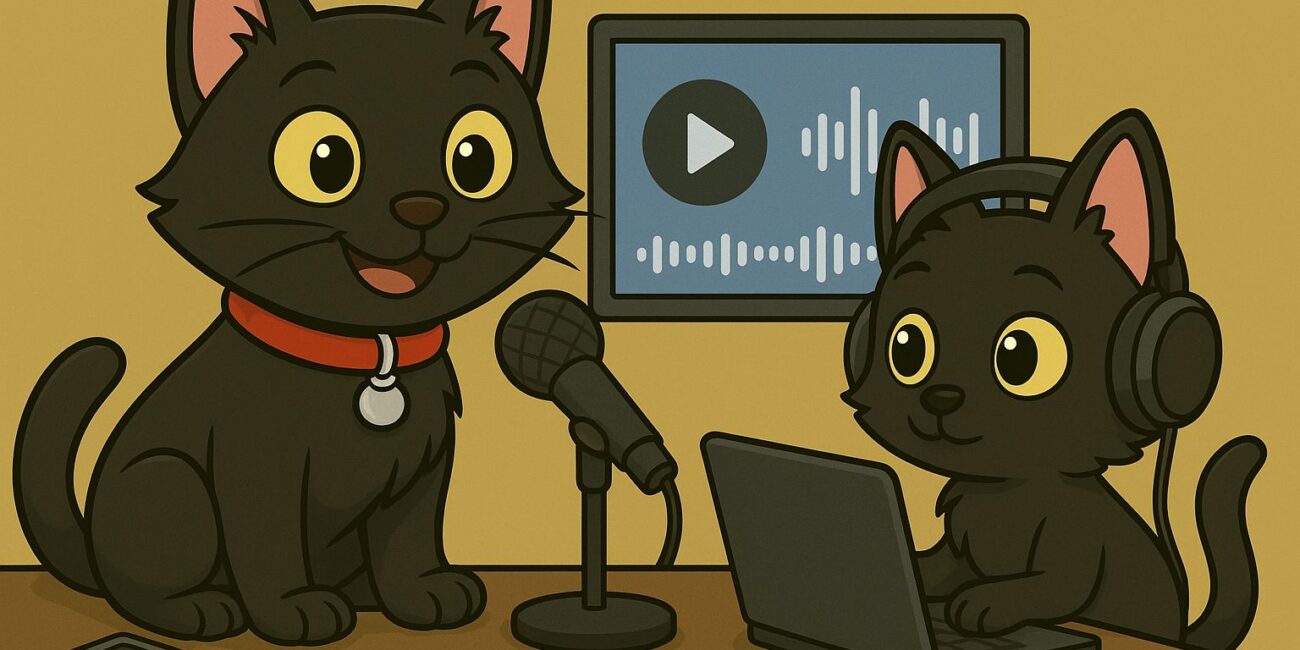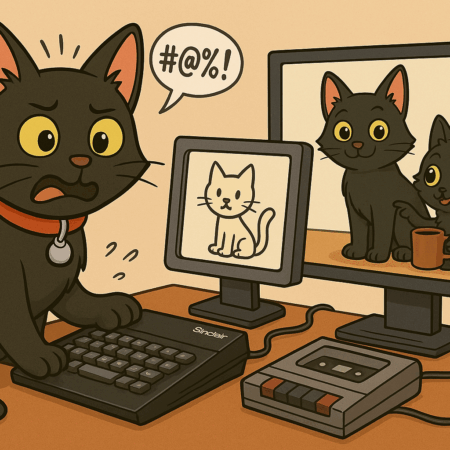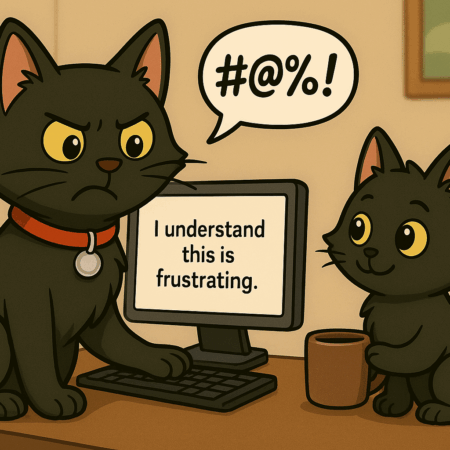Podcasts began as an audio-only medium—an easy way to listen to conversations, interviews, and stories on demand. The very name “podcast” comes from “iPod broadcast,” reflecting its early life on Apple devices. Over time, however, the format has evolved. Today, video has become a central part of podcasting, with platforms like YouTube and Spotify leading the way.
From Audio Roots to Video Integration
Podcasts built their reputation on audio: convenient, portable, and easy to enjoy while commuting, exercising, or relaxing. But video has added a new dimension.
According to a report in Marketing Beat, “Video gives podcasts a visual identity, turning them from something you hear into something you can experience.” YouTube has become the world’s largest podcast platform by default, thanks to video uploads that double as podcasts. Spotify, meanwhile, has invested heavily in video podcasting, betting on the growing appetite for hybrid content.
The TikTok Effect
Short-form platforms like TikTok have played a big role in this shift. Creators began posting snippets of their podcasts—quick highlights or soundbites—paired with video clips. This made podcasts more shareable and discoverable. As one media analyst put it: “Video snippets turned podcasts into social media content, drawing in new audiences who might never have found them otherwise.”
Why Audio Still Matters
Despite video’s surge, audio remains powerful. Millions of people use YouTube to listen rather than watch, treating it like a giant podcast library. For many, the ability to listen passively—while driving, working, or cooking—is what makes podcasts special.
As one study noted, “Audio remains king for multitasking, where video demands attention, audio adapts to life’s background.”
Comparing the Two
| Format | Strengths | Considerations |
|---|---|---|
| Audio-Only Podcasts | Accessible, low-cost production, ideal for multitasking | Limited visual branding, discoverability can be harder |
| Video Podcasts | Higher engagement, visual branding, wider reach on YouTube and Spotify | Higher production needs, not as convenient for multitasking |
Final Thoughts
The rise of video does not mean the end of audio. Instead, it expands what a podcast can be. Audio retains its strengths—simplicity, flexibility, and ease of access—while video adds visibility, shareability, and new ways to engage.
For creators and businesses, the message is clear: audiences consume content in different ways. By offering both audio and video, podcasts can meet listeners wherever they are—whether they prefer to watch, listen, or a bit of both.












